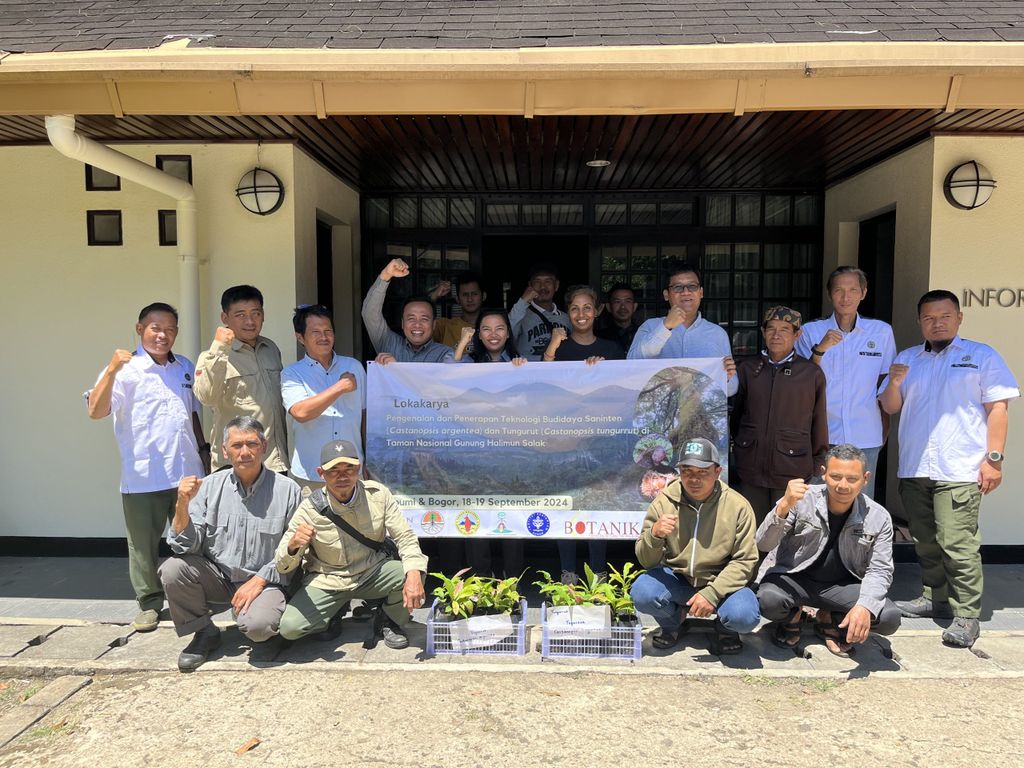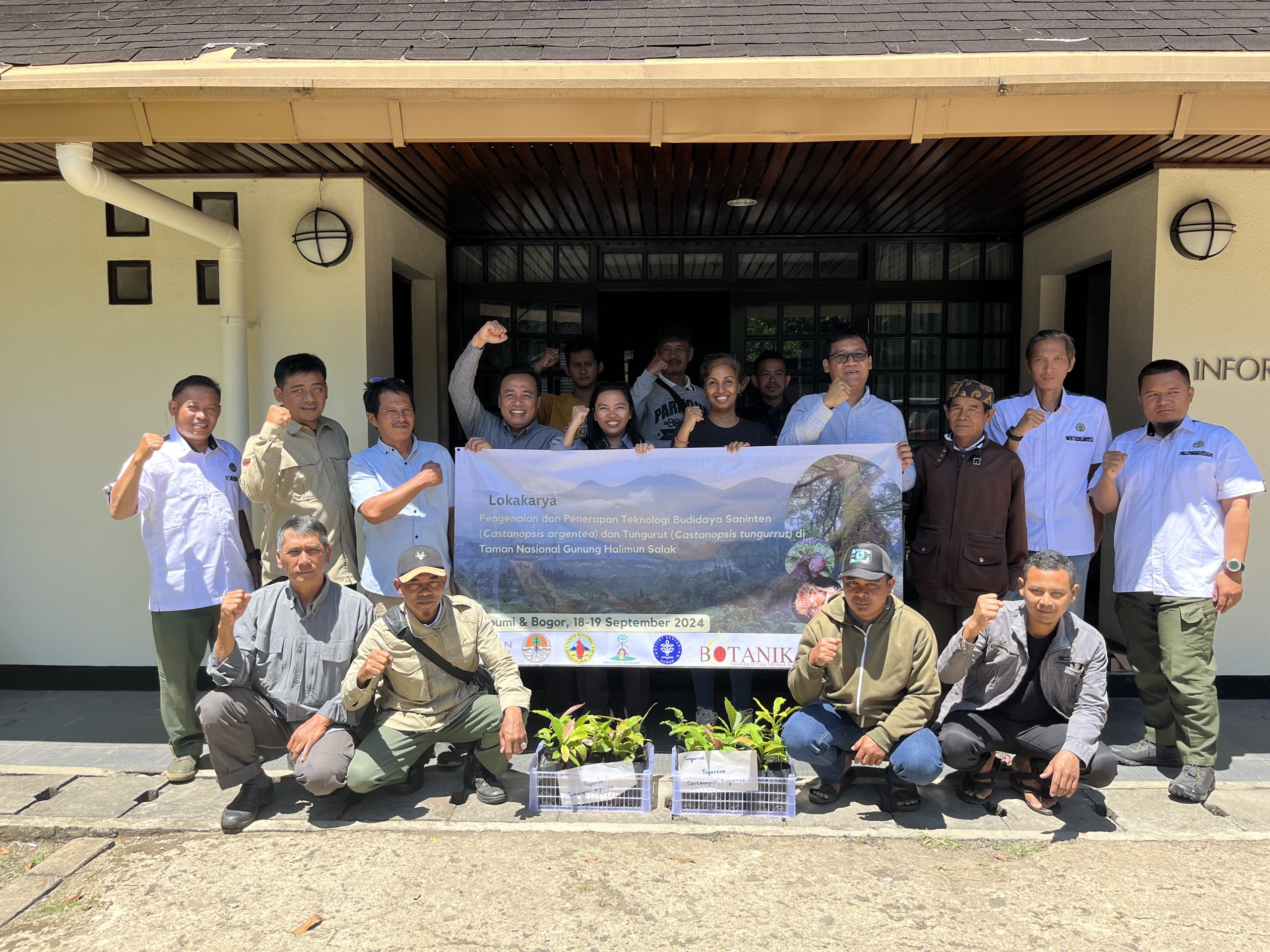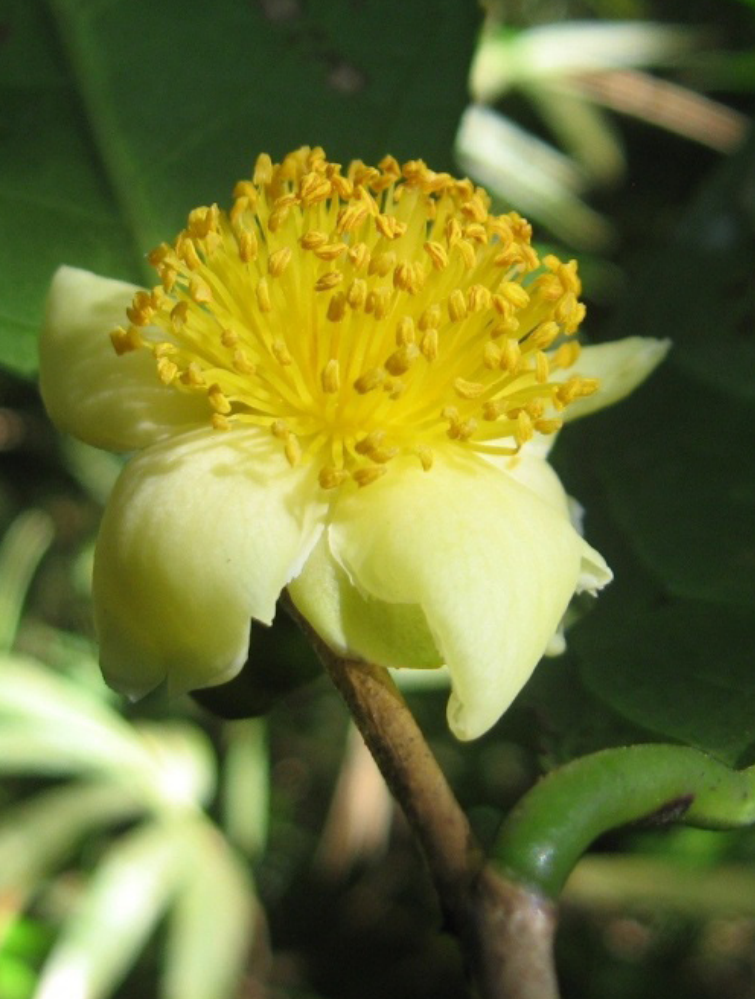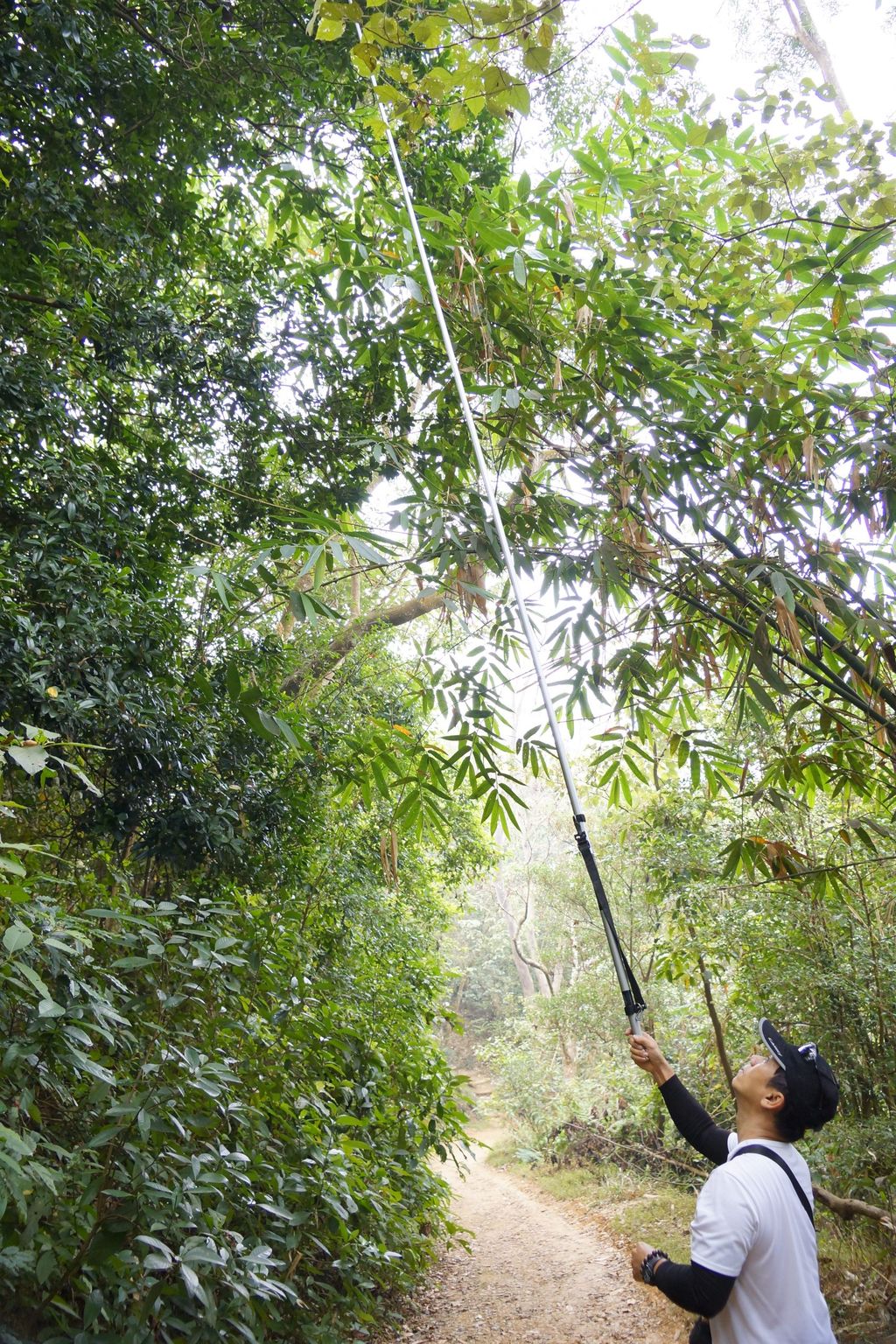Saving Indonesian Castanopsis

-
Status of project
Completed -
Region
Asia -
Country
Indonesia -
Programme
BGCI's Tree Conservation Programme -
Workstream
Saving Plants -
Topic
Tree Conservation
Funded by Fondation Franklinia
Project Completed: 2024
Institution: Ethnobiological Society of Indonesia
A brief review of the Franklinia-funded 2022-2024 project on Conservation of Castanopsis in West Java, Indonesia
Introduction
From 18-19 September 2024, the Ethnobiological Society of Indonesia (also known as PMEI, Perhimpunan Masyarakat Etnobiologi Indonesia) conducted a two-day workshop as part of their Franklinia Foundation-funded project entitled “Conserving threatened Castanopsis of Mount Halimun-Salak, West Java, Indonesia”.
The workshop, whose title translates to “Introduction and Application of Saninten and Tungurut Cultivation Technology in Mount Halimun-Salak National Park”, served as a culmination of three years’ worth of intensive research into the project’s two target species, the endemic trees Castanopsis argentea (locally known as saninten) and Castanopsis tungurrut (simply called tungurut). These species are members of the oak and chestnut family, Fagaceae; their timber has historically been valued by locals for construction purposes while their characteristics nuts have been collected and consumed as snacks. For these reasons, among others, both species have been classified in the IUCN Red List of Threatened Species as Endangered.
The project ran from 2022-2024 as part of BGCI’s Global Tree Conservation suite, funded by Fondation Franklinia. In previous years, the project team had carried out fieldwork within the Mount Halimun-Salak National Park to map the trees’ remaining populations, as well as community surveys to learn about local attitudes and knowledge regarding the species. They also experimented with propagation of cuttings and seeds in local nurseries, including one run by the women farmers’ group Kelompok Wanita Tani Sugeuma in the Ciomas district of Bogor. The results of this work were presented at the workshop, which included a number of PMEI’s partners, including Indonesia’s national innovation agency BRIN, the non-profit organisation Botanika, the university Institut Pertanian Bogor (IPB), TP Sungkai, and national park staff.

Key achievements
Today, PMEI and its nurseries stand poised to supply hundreds of C. argentea and C. tungurrut seedlings to upcoming in situ restoration planting projects within the Mount Halimun-Salak National Park. They have also compiled their findings into a bilingual manual (in Indonesian and English) containing information on the species’ ecology, propagation, and conservation, which is expected to enter publication in early 2025.
Other recent publications by the team include two blog entries as well as a journal publication in Reindwardtia entitled, “The Local Community Understanding of the Factors Influencing the Decline of Saninten (Castanopsis argentea (Blume) A.DC.) and Tungurut (Castanopsis tungurrut (Blume) A.DC.) in the Buffer Villages of the Gunung Halimun-Salak National Park”. Aside from reducing extraction of the species and its fruit from the wild, the team hopes that their efforts and advocacy will also lead to sustainable enjoyment of the species for generations to come.

